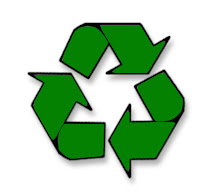E-waste is one of the fastest growing waste streams in the world. In developed countries, On an average it equals 1% of total solid waste. In developing countries, it ranges from 0.01% to 1% of the total municipal solid waste generation. In India, though annual generation per capita is less than 1 kg, it is growing at an exponential pace. The increasing “market penetration” in developing countries, “replacement market” in developed countries and “high obsolescence rate” make E-waste one of the fastest waste streams. The composition of E-waste is very diverse and differs in products across different categories. It contains more than a 1000 different substances, which fall under “hazardous” and “non-hazardous” categories. Broadly, it consists of ferrous and non-ferrous metals, plastics, glass, wood and plywood, printed circuit boards, concrete and ceramics, rubber and other items.
Composition
Particulars
Ferrous Metals 50%
Non Ferrous Metals 13%
Plastics 21%
Others 16%
The presence of elements like lead, mercury, arsenic, cadmium, selenium, and hexavalent chromium and flame retardants are classified as hazardous waste. E-waste dismantling or incineration is considered toxic. Therefore, they are targeted for reuse, recovery or hazardous waste disposal. The recovery of metals is a profitable business.
Subscribe to:
Post Comments (Atom)

No comments:
Post a Comment